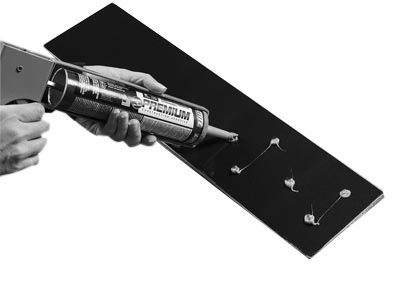Cork Underlayment Installation
Cork Underlayment Installation
Installing cork underlayment is a much easier process than putting down glue down tiles. So if you are looking to make it a DIY project the first rule of thumb is: treat your underlay like you would treat the floor above it. If you are floating the top floor, then you float the underlay. If you are planning to glue down a hardwood or tile floor, then you glue down the cork underlayment.
Our cork underlay accepts any water-based construction adhesive, just be sure that it is a true water-base product. Any other contact adhesive can cause degradation and deterioration of the cork board. A trowel-on application is highly recommended because there is very little concern if the cork “curls” when exposed to the adhesive. Allow the troweled adhesive to set-up a little before laying the cork underlay. This allows the liquid in the adhesive time to evaporate while giving a tackier surface for the bonding.
One important factor: cork underlayment should NEVER be stapled, nailed or screwed into place (it should never be pierced by any metal or other material intended to hold it in place). This will cause the agglomerated cork board to lose its acoustic properties as well as cause it to deteriorate (from rubbing up against hundreds of nails, it begins to flake/fall to dust).

A cork underlay should never be glued directly to cement slabs that are below grade. Water based adhesives do not mix well with the moisture that evaporates off of a concrete pad. You run a large risk of the underlay lifting and the floor becoming unstable.
Live in a condo or apartment, then our cork underlayment is just what you need! Cork is the perfect material for reducing sound transmission from upper to lower level living spaces. Why because it’s an eco-friendly product that does the job. It is excellent in protecting the flooring and the subfloor from rot and degradation. Cork is widely used for sound reduction in buildings that shares many floors and spaces. It is an ecological, economical and effective way to meet building codes for sound control. Cork underlay can be used under tile, marble, laminate, cork floating planks and hardwood floors. We offer our cork underlayment in three sizes – 3mm, 6mm and our new baby 12mm.








